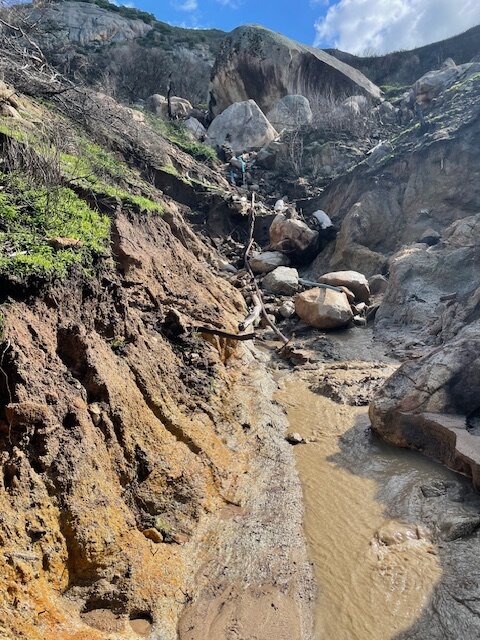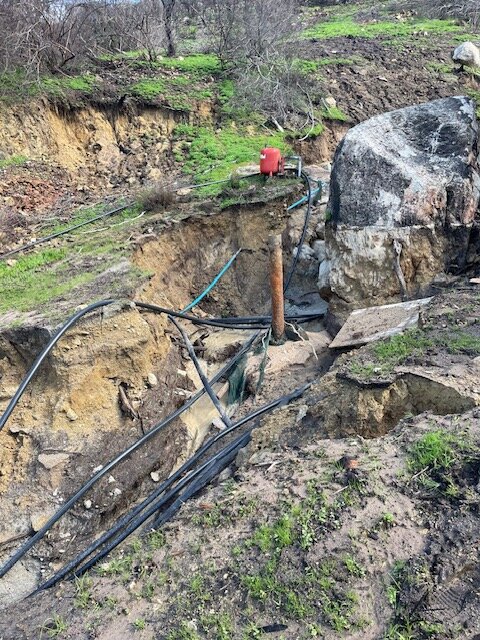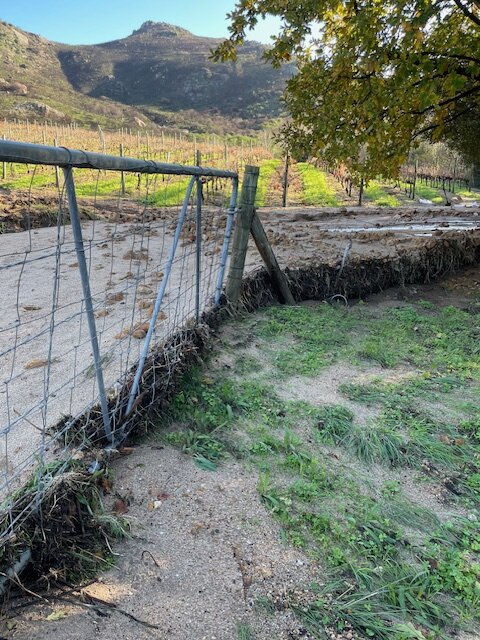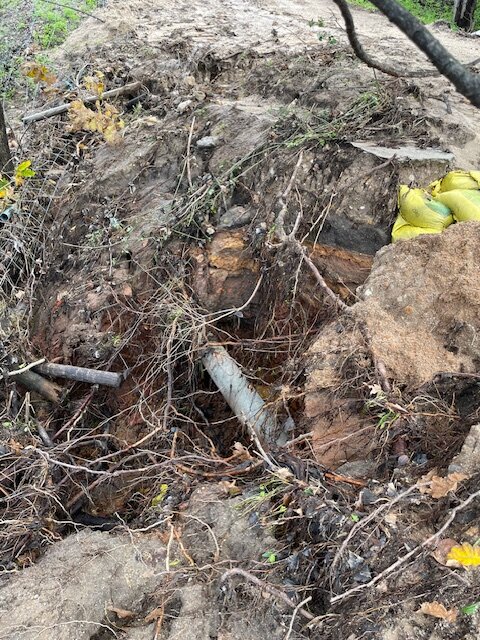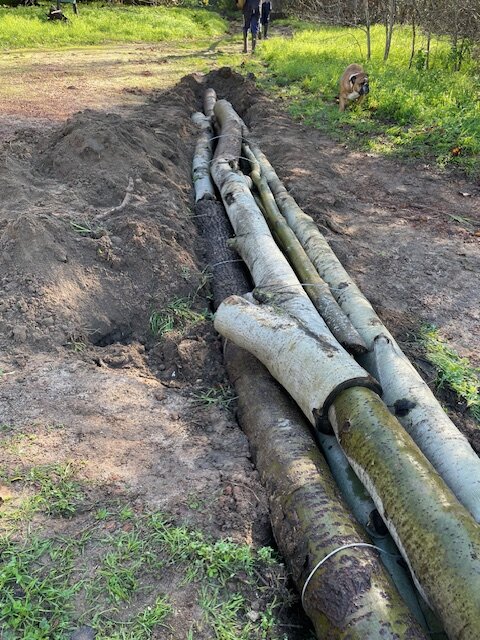By Bridget Johnsen | Project Leader
What a year it has been....we are so incredibly grateful to our GlobalGiving supporters who have simply never failed to hold us up and buoy our spirits... THANK YOU, especially to Naz and his Team whose faithful monthly recurring donation covers the bulk of this project.
As the title of this report suggests, it was inevitable that Paardeberg farms would suffer huge damage while the sprouting vegetation was still unable to hold the soil with any significance. Rains had come unseasonally late at the end of June, delaying germination of fynbos seeds, many of which had been carried away on strong winds in the 6 months since the fire. Natural fires in fynbos usually happen in autumn, when lightning or falling boulders initiate them around the Easter full moon storms. At this time, the seeds of the indigenous flora are mature, most animals have raised their young, have developed good burrows(carrying seeds underground) or worked out their escape routes from the fire. Seeds needing smoke or heat for release, carpet the ground after fires at the end of the summer windy season, so that as the rain falls, they germinate. This sets the scene for the double tragedy that accompanies climate change weather patterns and unseasonal man-made wildfires ..... seeds had been blown away by the time the winter rains came, and the temperatures had dropped by then so that resprouting was limited and germination of what few seeds remained, was poor.
So with the flood, came MOUNTAINS of soil, silting up dams, eroding farm tracks and washing away bridges that span pretty streams, as they became raging torrents. Like many parts of the world, we experienced a cloudburst, unleashing 4" (100mm) of water in just 2 hours. The video links and photos below tell the all-too-common story as our planet marches to the 1.5degree temperature-increase precipice.
We commenced immediately with placing more erosion humps where desperately needed, using the most welcome and plentiful suitable poles from the poplar alien trees that had been felled as part of our alien clearing programme in the past year. We needed to replace their soil cover no less than three times after initial construction, as storm after storm during July 2024 battered us, and the ground became super-saturated with water. We gasped at the power of water on steep gradients and wept as the topsoil filled the dams. Fortunately, vineyards that have had years of regenerative agricultural practices applied to them, were spared any significant erosion.
The challenges of insurance claims, flood damage repair and water shortages now due to silted-up dams are what farmers are meeting now. We have commenced handpulling of plantations of alien vegetation, Port Jackson Acacia saligna specifically. They are emerging relentlessly without fynbos competition due to the reasons described above.... it has indeed been a horrible year, and we draw massive comfort from your generosity. With grateful hearts, we wish you a happy holiday season, with a Merry Christmas and all the best for a better New Year!!
Links:
Project reports on GlobalGiving are posted directly to globalgiving.org by Project Leaders as they are completed, generally every 3-4 months. To protect the integrity of these documents, GlobalGiving does not alter them; therefore you may find some language or formatting issues.
If you donate to this project or have donated to this project, you can receive an email when this project posts a report. You can also subscribe for reports without donating.
Support this important cause by creating a personalized fundraising page.
Start a Fundraiser